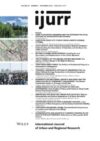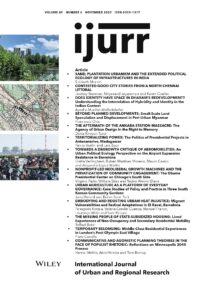Land speculation is a significant factor contributing to the displacement of poor populations in global South cities. While extensive research has examined how urban expansion increases land values—primarily focusing on state-led or real estate development projects—it often neglects the speculative and displacement dynamics occurring in peripheral areas beyond the direct reach of planned developments. This article investigates the motivations and mechanics of small-scale land speculation on the outskirts of Mandalay, Myanmar. Based on a year-long fieldwork project in a resettlement ward in peri-urban Mandalay, this article finds that land speculation thrives in auto-constructed urban peripheries not only due to general expectations of urban growth, but also because individuals perceive these areas as safe from the eviction and violence typically associated with large-scale development projects. However, local land brokers and creditors profit from these transactions by leveraging their connections and capital. At the same time, poorer residents sell their land at artificially low prices and relocate to shrinking, subdivided plots on the outskirts. This article argues that beyond large-scale development projects, small-scale land speculation also reshapes the outskirts, demonstrating logics of speculation that contribute to socioeconomic inequalities in rapidly changing urban peripheries.
Details
Written by:
Francesca Chiu
Digital Object Identifier (DOI)
https://doi.org/10.1111/1468-2427.13364
About DOI

